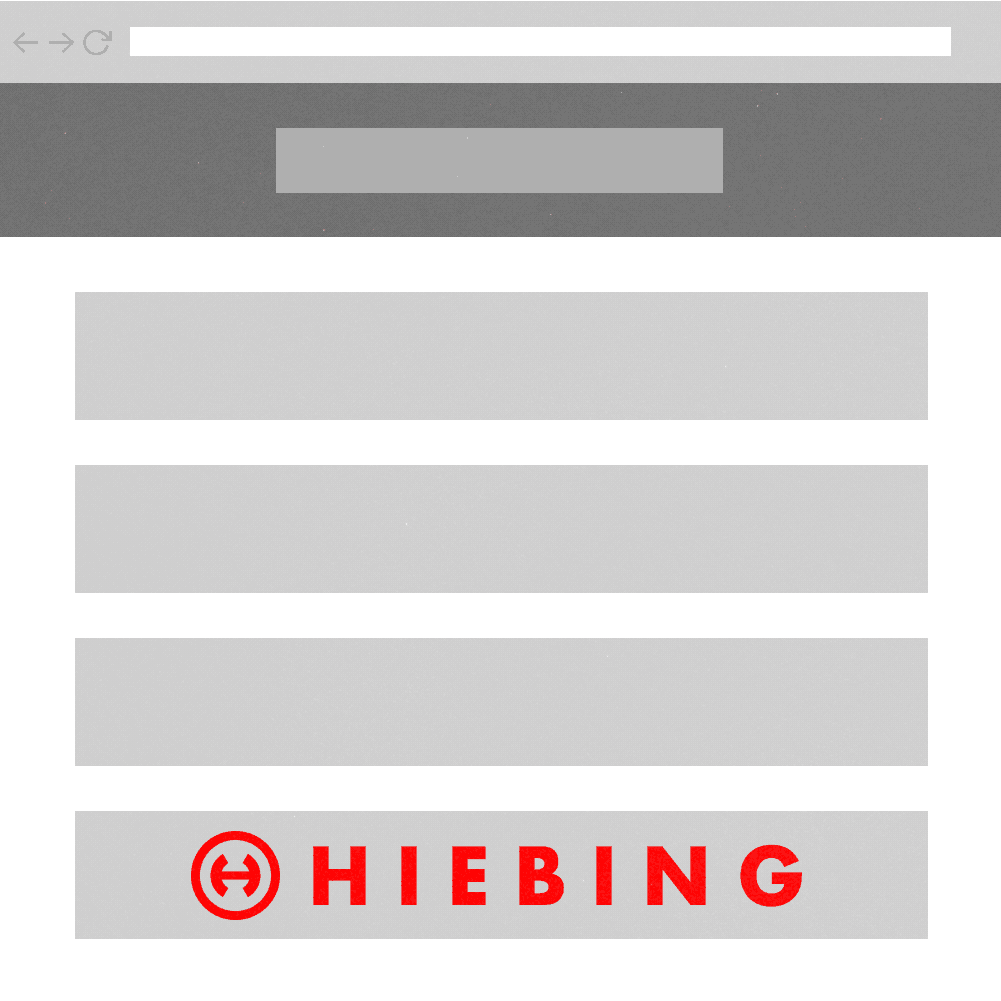Search Engine Optimization (SEO) and high-quality content go hand-in-hand. Generally, Google rewards relevant and authoritative content written by an expert with a high search engine results page (SERP) ranking.
Google also analyzes page-level structural elements, including headers, columns, sidebars and footers, and user experience (UX) performance criteria such as page load time and button clicks, to match content with a searcher’s intent. Stuffing your content with keywords and outbound links will not enhance your organic reach—you need 10x the content to rank highly.
So what’s a brand to do? Consider these five SEO tips that will help you grow your organic footprint.
1: Include Relevant Keywords in Your Page Title Tags and Meta Descriptions
Title tags have a direct impact on where you rank in the search engine and how crawlers understand your content. The title tag should always convey the page’s main topic and include relevant, high-volume keywords (without exceeding 60 characters or 600 pixels). Meta descriptions should further describe the page’s content and end with a call to action to entice clicks (without exceeding 320 characters).
Even more important, the meta description and title tags should match up with your visitor’s intent in addition to describing the content. Visitors are more likely to bounce (leave your site) without interacting with the page if the title tag and description do not align with the content. Example: 5 On-Page Optimization Tips to Increase SEO | Blogworthy | Hiebing
Additionally, consider keyword denotation and nuances. For example, a searcher could look up “Great Dane” intending to find a Madison, Wisconsin, restaurant, but instead be taken to the Great Dane (dog) Wikipedia page. It’s recommended to use a mix of long-tail keywords (a selection of keyword phrases specific to your offer) and broad match queries (phrases the search engine deems relevant, but phrases you likely wouldn’t come up with on your own) to help negate this problem while avoiding too much specificity so as not to limit your reach.
2: Create Clean URL’s That Use Relevant Keywords
Your website’s architecture and URL path should flow in a logical, hierarchical structure. And, the URL should provide insight into a visitor’s position on your website relative to the homepage. Example: /blog/5-seo-tips-to-increase-organic-reach.
URL pathways, including meta descriptions and title tags, tell crawlers where content lives on the website and how it fits into the overall site architecture. Clearly labeled URLs provide a better UX for searchers and make it easier for search engines to index your site’s pages.
URL structure should:
- Incorporate relevant keywords (similar to the page’s title tag and main content)
- Replace spaces with dashes
- Be three to five words in length
URLs should not:
- Include spaces or symbols
- Disregard website architecture by eliminating the page or page order the article lives under
3: Use Canonical Tags for Duplicate Content
Search engines penalize websites that have duplicate content across pages. But, similar URLs that lead a searcher to the same page exist on most websites, like https://www.Hiebing.com instead of https://www.Hiebing.com/. Although users will land on the same page, a crawler will index the two URLs as separate pages unless told otherwise.
That’s where canonical tags come in. They tell search engines that a specific URL represents the master copy of a page to avoid a search ranking penalization. Adding a canonical tag essentially tells search engines which version of a URL you want to appeal to within search results.
To add a canonical tag, add the following HTML code to the <head> of your primary page:
Example: <lin rel=“canonical” href=“https://www.primarypage.com”>
4: Optimize Page Load Speed
Site speed is becoming increasingly important to a website’s overall UX and SEO rankings. Mobile users tend to have a lower wait threshold, and Google is updating its algorithms to prioritize quick-loading sites because mobile is where most people invest their time.
Site speed issues can be pervasive across an entire domain or constrained by how the site was built. The following components can slow down your pages—and fortunately can be fixed relatively quickly:
- Out-of-date or unnecessary CMS plug-ins
- Images larger than 1MB or animated GIFs
- Rich snippets
- Video files hosted on the website (i.e., not embedded from YouTube or Vimeo)
- Excessive paid media, event tracking or other third-party tags
To avoid being penalized for slow page load time, run a page speed test to determine which page elements are cumbersome and then remove or optimize those elements.
5: Create a Quality UX
The best way to see if searchers are deeming your content to be valuable—outside of traffic metrics—is to analyze how searchers are interacting with it.
Third-party software like HotJar gives content producers the ability to glean insights and understand how users are navigating and engaging with the website as well as identifying common drop-off points. These metrics can be used to improve the overall flow of a page by rearchitecting content or changing a page’s visual aesthetics to enhance the UX.
Consider utilizing tools such as:
- Heat maps (click and scroll depth)
- Visitor recordings (mouse movement)
- Funnel analysis (drop-offs)
SEO + Your Target
In the end, on-page SEO tactics are only one component of increasing organic reach. Content shouldn’t be created for the sake of creating content—and it should always match your target’s needs (or pain points) and varying search intents in order to rank well.
Attempting to rank for broadly competitive keywords is nearly impossible, but owning specific keywords that are relevant to your target is achievable.
Conducting keyword research frequently to suit your target’s evolving needs, creating new content routinely and applying SEO best practices to that content is the only way to rank high in SERPs.
This is only the beginning! If you’re interested in a content audit, please reach out to Ted at tjun@hiebing.com to learn how we can help optimize your web page.
